In 1989, the SEGA Genesis was released in North America (in 1989 as the Mega Drive in Japan) bundled with the arcade classic Altered Beast and later Sonic the Hedgehog. The console was known for it’s blast processing capabilities and even rivaled the Super Nintendo during the console wars, a term by journalist & historians back in the day. Contributing to SEGA Genesis success were its library of arcade game ports, the popularity of Sega’s Sonic the Hedgehog series, iconic sports franchises, and marketing that positioned the system as the cool console for adolescents.
Fast forward towards today, the console had been replicated by AtGames with over 80 built in games but was met with negative reception by gaming enthusiast and SEGA fans who grew up with the console most being due to its frame rate drops and sound issues. In 2018, SEGA announced their very own replica console called the SEGA Genesis Mini at SEGA Fes 2018 with help from M2 known for doing numerous ports of classic SEGA video games on several consoles. At E3, we managed to get our hands-on preview on the Genesis Mini. Does it live up to it’s expectations? Find out our thoughts on the miniature console after the break.
The SEGA Genesis Mini is a miniature console of the original SEGA Genesis itself with over 40 classic SEGA games built in including games developed by other third party companies such as Capcom and Konami plus full-size replica controllers, a USB-to-Micro-B power cable, an HDMI video cable and a USB AC adapter. At the show floor, SEGA decorated their booth for the Genesis Mini with multiple posters of classic titles such as Sonic the Hedgehog 2 and Golden Axe on a wooden wall along with custom VHS tapes inside selves paying tribute to the era of the 90’s. Not only that, they also featured the giant Genesis controller playable on the show floor for attendees to try out. After waiting in line, we finally got our chance to play the microconsle for the first time and were very impressed what SEGA and M2 delivered to the table.
The SEGA Genesis Mini has a very well designed user interface with a selectable list of playable SEGA Genesis games to choose from which allows you to navigate on which game you would like to play and change the graphic filters. For those who prefer the Mega Drive versions of your games, you can also change the language setting to any region. In doing so, it will allow you to play games specifically for that region including changing the box art from NA/EU to Japanese. Dr. Robotnik’s Mean Bean Machine is a good example as you get to play the original Puyo Puyo on the Genesis Mini without importing the Mega Drive Mini unless if you are a hardcore and would like to play the exclusive games not listed in the North American/European versions like Rent-A-Hero. We’ve played a few good titles on the Genesis Mini and all of them ran very smoothly with no sound issues whatsoever all thanks to M2’s amazing experience with emulation. Even the with a grip on the controller’s input itself felt responsive if not better than the original Genesis controller itself in my opinion.
What would please many people who grew up with the SEGA Genesis is that the Genesis Mini features an exclusive Menu theme music by Yuzo Koshiro capturing the classic 16 bit sound tunes that the SEGA Genesis produced. From our experience so far, SEGA and M2 has done an amazing job putting a lot of work and effort on the SEGA Genesis Mini themselves. We think that this micro console will make a lot of gamers forget about the previous attempted mini console releases out of their minds for a better product. SEGA Genesis Mini will launch on September 19th 2019 for only $79.99 in North America, Europe, and Japan. Pre-orders can be made through the official website.

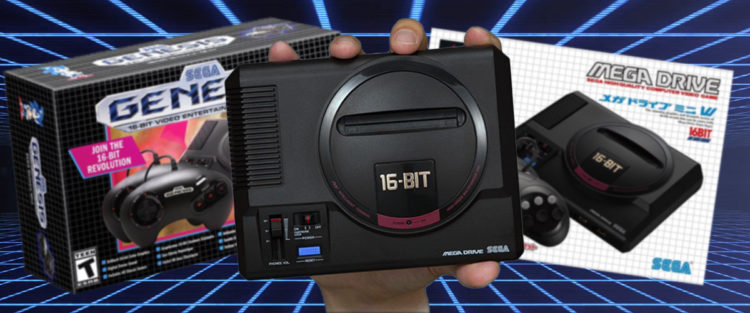
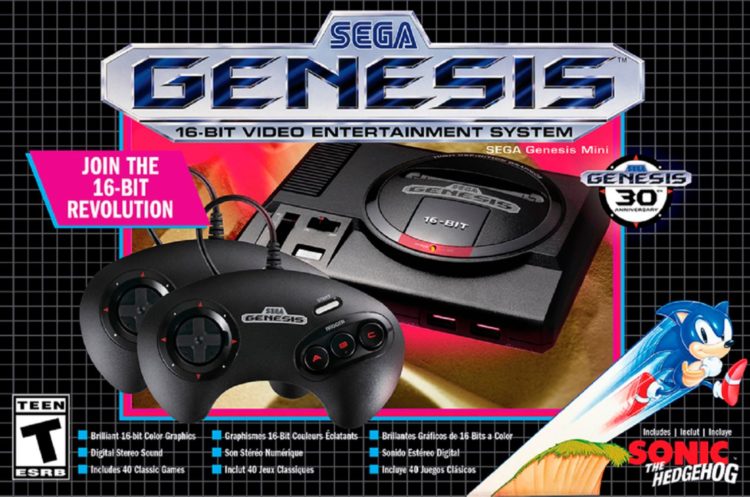
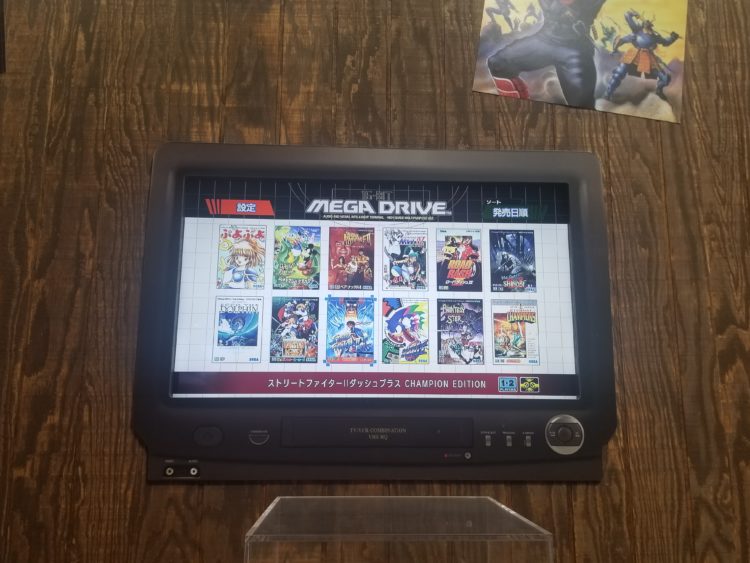
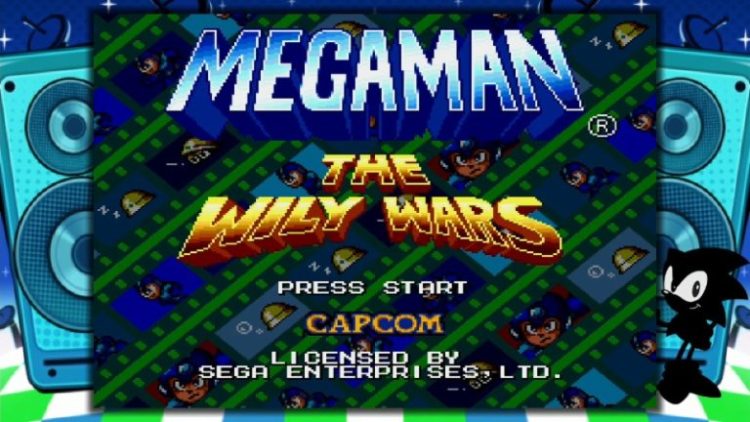
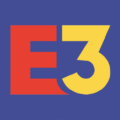


Any indication you’ll be able to add your own ROMs to the system?
You can’t add your own ROMs, though it might be possible to add your own ROMs through mods like the other mini consoles on the market.
It largely depends on how the Mega Drive Mini handles emulation. Based on my understanding with how M2 handles emulation, they don’t use a “universal” emulator, instead optimizing each game on a per-game basis. Hence why the emulation across each title is extremely accurate. If this is the case with the Mega Drive Mini too, it might be difficult to simply ROM dump games, since there’s technically not one emulator being used.
But, I don’t know the technicalities of how the Mega Drive Mini actually works, so for all I know I could be wrong.
I like this answer because it’s “You can’t add your own ROMs. You can add your own ROMs.”
*its
This article really needs another editing pass. There are quite a few mistakes beyond the one mentioned in my previous comment. Anyway, I’m very excited about the Genesis Mini and have one preordered.
There’s always something to complain about. 🙄
Not when articles are properly edited. 😛
The first official SEGA home hardware console release since the Dreamcast, not including SEGA hardware arcade consoles like the Sega Naomi 2, Sega Hikaru, Sega Chihiro, Sega Lindberg, Sega Ringwide, Sega RingEdge, Sega Nu and Sega Cyclone ect.
None of those are consumer hardware though. I don’t remember seeing RingEdge at Best Buy.
They are still technically Sega hardware consoles and consumers pay to play them because they are coin-ops for the arcade market as opposed to the home market, some of the hard-core fans even buy them off EBay and Amazon ect.
The point is that Sega never stopped being a hardware company, they only suspended their home hardware series for the time.
But every Sega home hardware was based on a downgraded offshoot of the SEGA arcade consoles, i.e.,
Sega System I&II = SG-series/MasterSystem
Sega System 16 = MegaDrive/Genesis.
Sega ST-V = Saturn
Sega Naomi = Dreamcast
Sega has made far more arcade consoles overall than home consoles.
Nobody refers to arcade hardware as consoles. That is a silly argument.
In M2 we trust.
I am really looking forward that
So we also get Puyo Puyo as the “Japanese version” of Mean Bean Machine? Interesting that they’d include a Japanese exclusive for the non-Japanese version of the Mini. Not to mention they could have just omitted altogether but went the extra mile to include it anyway. Good on Sega and M2 for that one. (If it’s not clear, yes, I know full well it’s really the same game)
Although the article’s not completely clear on it, are we able to switch between all three regions (US/EU/JP) like the Sega Vintage Collection games? Coming from the states, I’m curious how some of the European versions compare such as Contra Hard Corps / Probotector.
To answer your question Sestren, yes! You can switch between all three regions by selecting “Settings” then head to “Language”. From there you can change the user interface and play the game from that region.